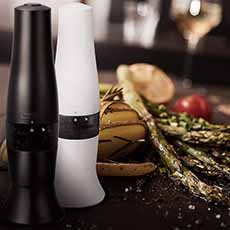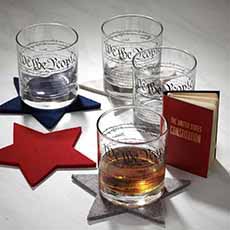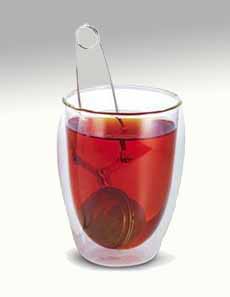|
Here’s an idea from Éclat Chocolate, an artisan chocolatier in West Chester, Pennsylvania (shipping nationwide, of course).
They topped a cup of hot chocolate (photo #1) with one of their “mendiants” or “mondiants,” plain or filled chocolate disks.
The disks melt, of course, making an even more chocolatey cup of hot chocolate (photo #2).
As the chocolate melts into the drink, you can eat the melty chocolate with a spoon, or stir it into the beverage.
It’s much richer than stirring in a garnish of whipped cream.
MENDIANTS, MONDIANTS & FRENCH MONDIANTS
French mendiants (photo #4) are different from what Éclat calls mendiants (photo #2—see footnote for an explanation of the classic French mendiants).
Éclat’s Mendiants
Éclat’s mendiants are plain chocolate disks, available in five varieties.
Three are solid chocolate, from different cacao origins: Alto El Sol, Peru; São Tomé and Tanzania.
One is a blend of three origin cacaos, with added Aleppo pink peppercorns.
One is inspired by the traditional French version: candied orange peel, crushed cocoa beans, crushed walnuts, dried cranberries, covered by a house blend of chocolate.
Éclat’s Mondiants
“Mondiants” are a name created by Éclat to describe filled disks of chocolate. They’re available in:
Cacao Nibs
Caramel
Peanut Butter
Assortment Of All Three
Both Éclat’s mendiants and mondiants have beautifully designed and textured surfaces.
In addition to enjoying one as a nice piece of chocolate, either mendiant or mondiant can be:
Served with coffee, tea or hot chocolate or chocolate or coffee cocktails.
Served as a side to chocolate or coffee cocktails.
Used as a topper for ice cream, pudding or other dessert.
Used as top and/or side decor for an iced cake.
CHARMING GIFTS
From Eclat’s mendiants and mondiants to the others shown in the photos, all are welcome holiday gifts for those who appreciate fine chocolate.
> CHOCOLATE GLOSSARY: TERMINOLOGY & TYPES
> THE HISTORY OF CHOCOLATE
> THE HISTORY OF HOT CHOCOLATE
> HOT CHOCOLATE & COCOA: THE DIFFERENCE
________________
*Mendiants (French for mendicants, i.e. beggars) are traditional French chocolates: disks or bars of chocolate that are studded with nuts and dried fruits. Mendiants can also be made in large slabs and then broken into smaller pieces, like bark.
The colors of the nuts and fruits traditionally referenced the color of the monastic robes of the orders of the Augustinians (hazelnuts), Carmelites (almonds), Dominicans (raisins) and Franciscans (dried fig—photo #4). Today, a wider variety of fruits, peels and seeds are used: candied orange peel, dried cranberries and coconut, for example.
Unlike chocolate bars that enrobe the nuts and fruits, mendiants are created with the fruits and nuts studded on top, to offer visual appeal.
|
|
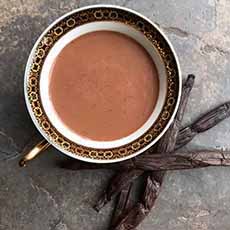
[1] A cup of hot chocolate, waiting for its mendiant or mondiant (photos #1, #2 and #3 © Éclat Chocolate).
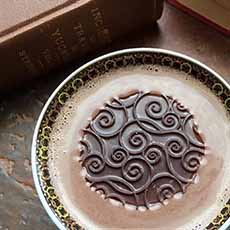
[2] Hot Chocolate with a mendiant garnish. The chocolate disk will melt into the beverage, making it more chocolatey.
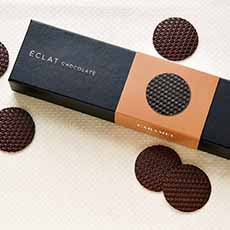
[3] Caramel mondiants, one of three flavors in a “keeper” gift box.
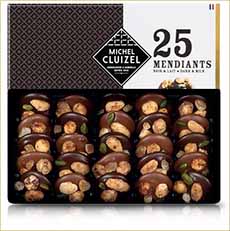
[4] French mendiants from Michel Cluizel (photo © Michel Cluizel).
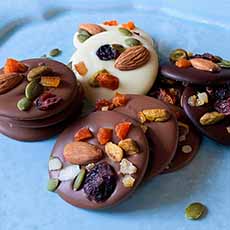
[5] These Americanized French-style mendiants from Woodhouse Chocolate use bright fruits in addition to nuts (photo © Woodhouse Chocolate).
|









